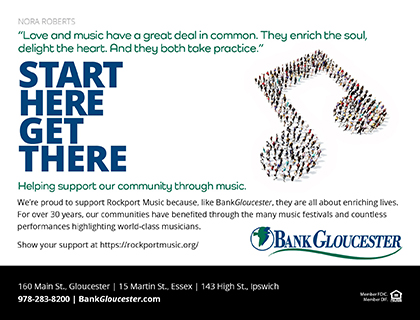PREMIÈRE RAPSODIE, L. 116A
Claude Debussy
(b. St. Germain-en-Laye, France, August 22, 1862; d. Paris, March 25, 1918), arr. Todd Palmer
Composed 1909-10, arranged 2010; 8 minutes
![Claude Debussy in 1909 [color by Klimbim]](/storage/photos/224/2022-2023 SEASON/Rockport Summer Festival/Program note images/Claude Debussy in 1909 [color by Klimbim].png)
Debussy wrote two rhapsodies for solo instrument and piano. The first was a commission for saxophone solo and orchestra from Elise Hall – ’the saxophone lady,’ as Debussy referred to this official with the Orchestral Club in Boston. He never really completed the commission, leaving the music unorchestrated, despite many pleas from Boston. The Clarinet Rhapsody, on the other hand, is true Debussy, full of romantic lyricism and virtuosity. In February 1909, Debussy had been appointed member of the Supreme Council of the Music Section of the Paris Conservatoire – an establishment job for a composer who was temperamentally at odds with an establishment of any kind. Still, it did bring him into direct contact with a new generation of music students. Their performances of the imposed pieces in the annual competition pleased him sufficiently to agree to write both the Rapsodie and a brief sight-reading test-piece (Petite pièce) for the clarinet students in the 1910 competition. He orchestrated both in the following year, for full orchestra. Debussy himself was on the jury. He said at the time that the Première rapsodie (he never completed a second) was “one of the most pleasing pieces I have ever written.”
Clarinetist Todd Palmer arranged the work for chamber orchestra one hundred years after it received its 11 ’first performances’ at the Conservatoire. His aim, he says, “is to bring the radiant sounds and colors of Debussy’s orchestral palate to a broader, yet smaller, and more practical musical setting,” while “faithfully reproducing the composer’s original musical intentions.”
